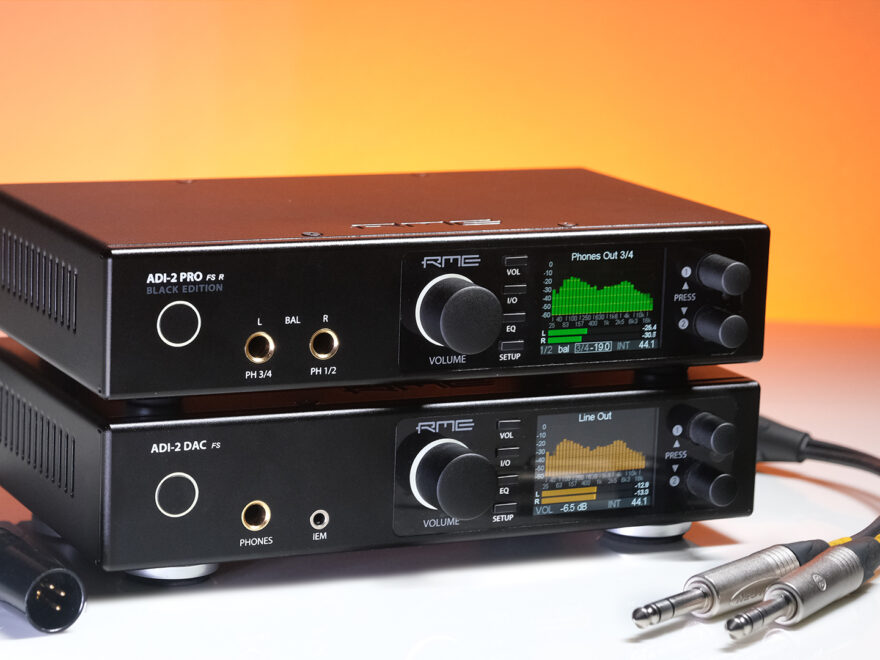6 months ago I said that the RME ADI-2 DAC was one of the best audio products ever made, and while I thought that that was the endgame DAC and Amp for me, it turned out that the more capable of the RME’s offering was something that I actually had a very good use case for.
So today we’re going to check out RME’s ADI-2 Pro FS R Black Edition, and this is not an Apple device where they would just add ‘Pro’ to a very consumer device to make it sound more capable, but when RME adds ‘Pro’ to something, they really mean that it is designed to be used for professional use cases.
But this is not just a device for audio professionals, and even for regular people like us, the ADI-2 Pro offers many features that make it a worthy consideration for anyone looking to buy an ADI-2 DAC.
The ADI-2 DAC costs around 1,300 US Dollars, or 1.1 Lakh Rs. in India, while the ADI-2 Pro costs 2,000 US Dollars, or 1.75 Lakh Rs. on Ansata.net where I bought this from, so there’s a serious difference in their price, but the ADI-2 Pro really does things that you won’t believe.
RME themselves classify it as an AD/DA converter, and while that definition is technically correct, it really doesn’t give you an idea of the possibilities that you have with this device.
Now if you are just totally unfamiliar with these black boxes, and you’re wondering why they’re so expensive, then you should really check out my review on the ADI-2 DAC where I explain all the features in a more basic way, because this video is going to be a little more technically advanced than usual, and if you are interested in this device, then I am guessing you must already know about the basics.
UNBOXING
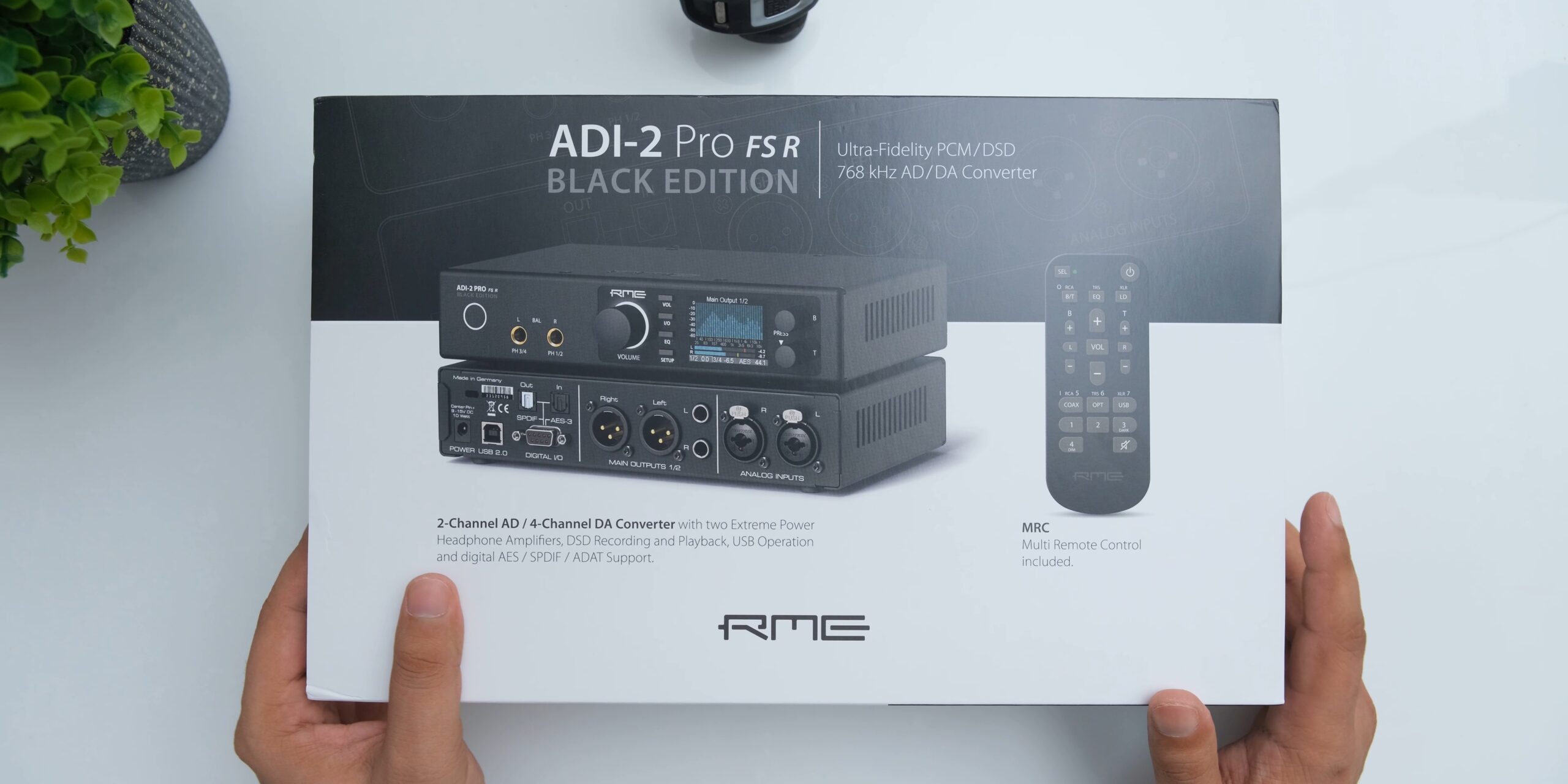
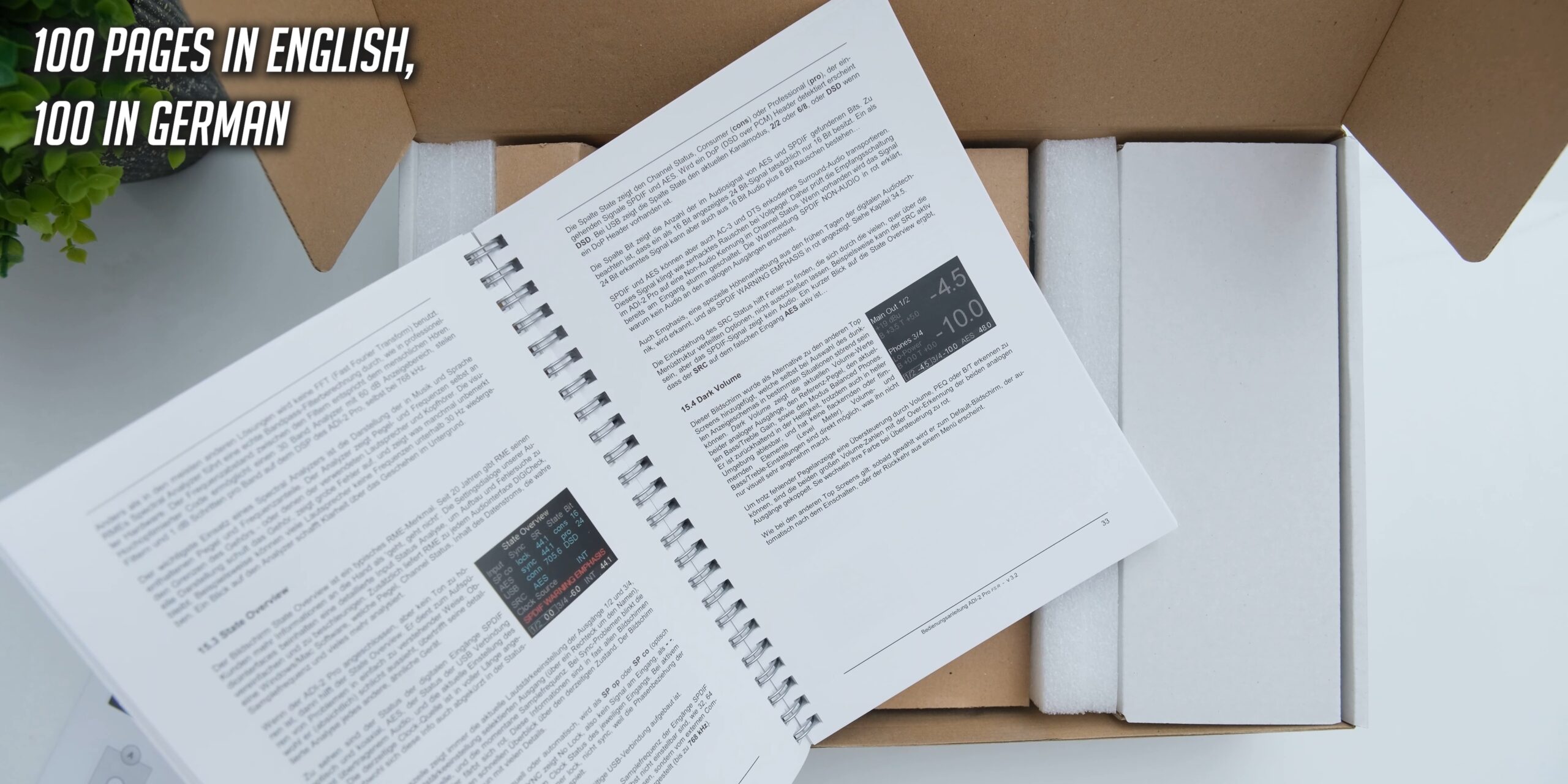

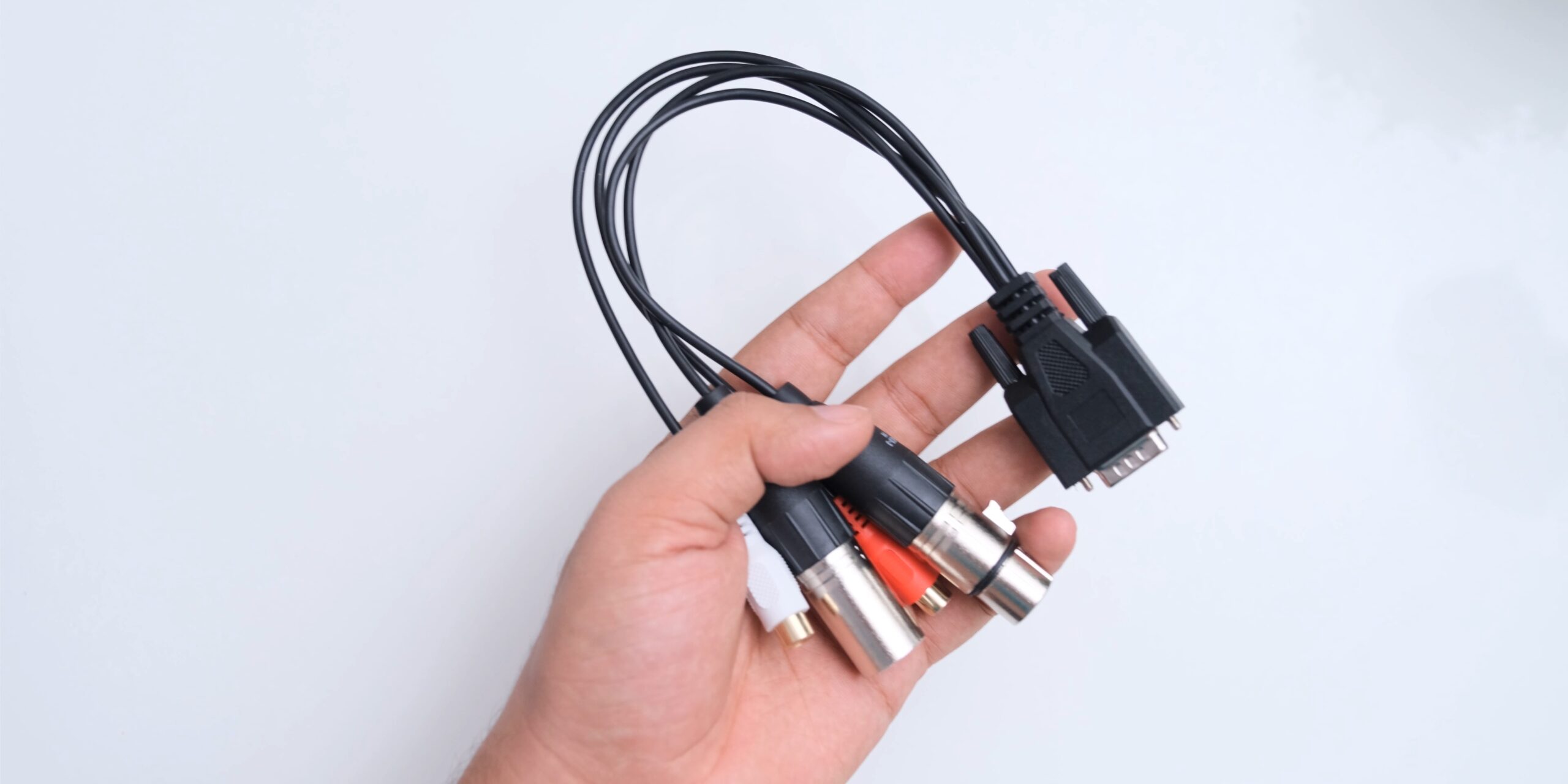

The ADI-2 Pro again, has a rather simple unboxing experience, and inside it, you get a quick start guide, along with an exactly 100 page manual (text: 100 pages in English, 100 in German) that is very well written, and it is actually surprisingly interesting to read.
Then inside a smaller box, you’ll get a power cable along with the power adapter, a remote with many customizable buttons, you’ll get this breakout cable for the digital I/O which we’ll talk about. And finally we get to the ADI-2 Pro itself.
DESIGN
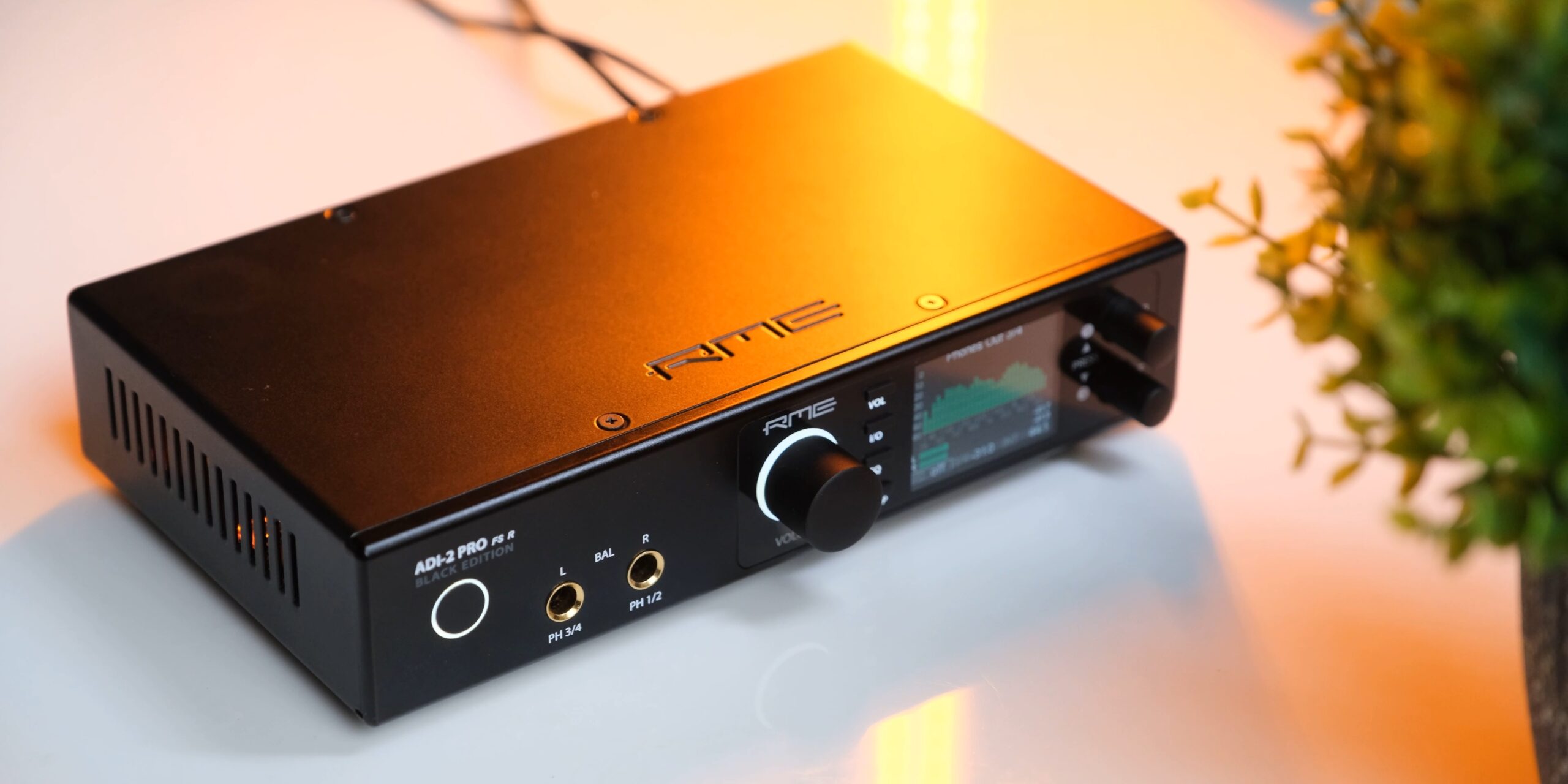
The ADI-2 Pro FS R Black Edition is just a black box, so there isn’t a lot to talk about that, but the overall build quality is great. It is made completely of metal with grills on the side for ventilation, and the grills also let you see the orange LEDs that look like the glow in tube amplifiers.
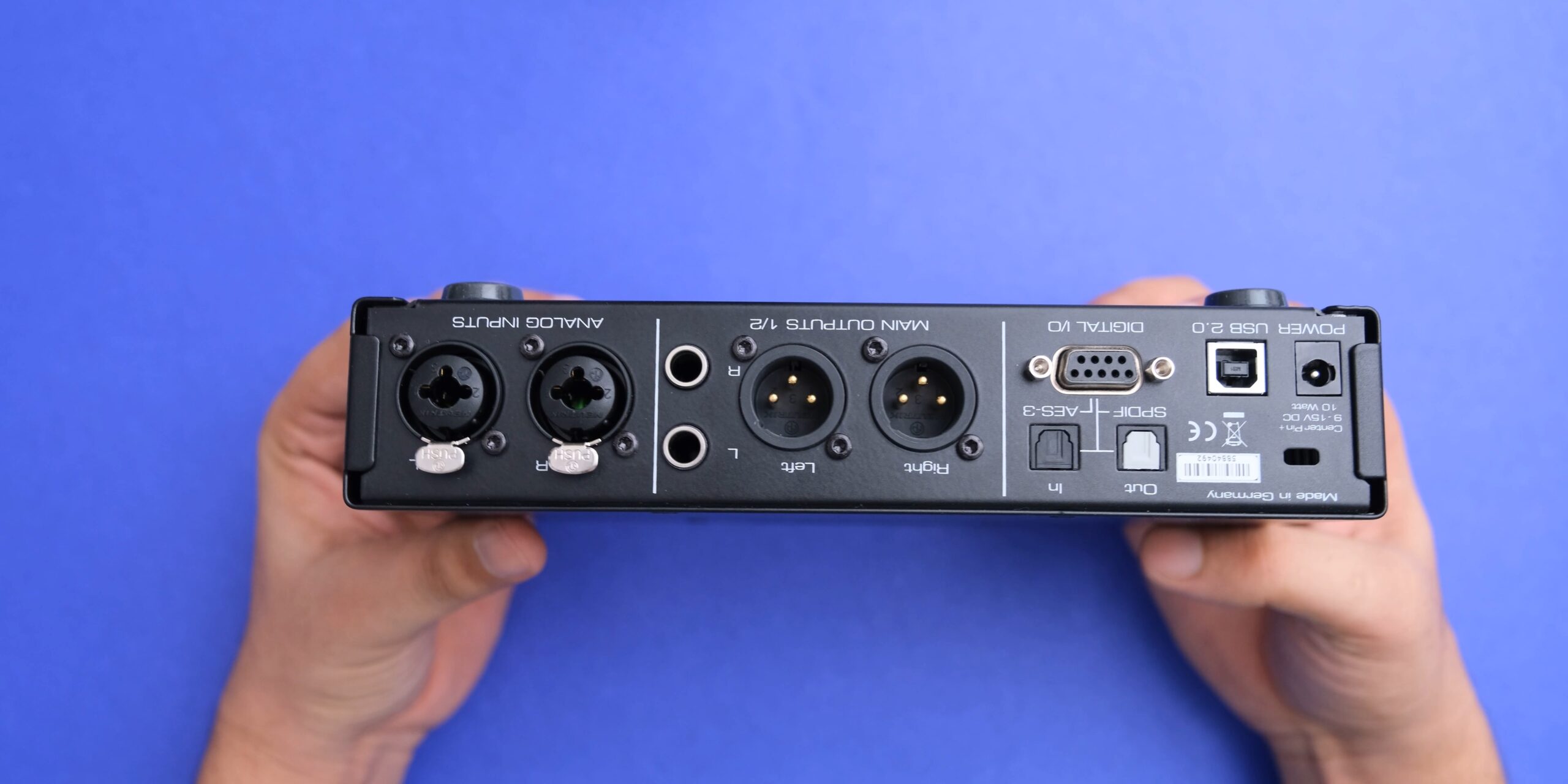
At the back, it has 4 Analog outputs, 2 of these are balanced XLR outs, while the other 2 use the unbalanced 6.35mm audio jack, we also have servo balanced analog inputs on the Pro version which accept XLR and TRS jacks. Then for digital I/O, we have optical in and out ports, which support SPDIF and ADAT, and ADAT can actually deliver 8 channel audio vs. 2 channels of SPDIF, so there’s an important difference. We also have a DB-9 socket here, which is not there to connect your old monitor, but the breakout cable that you got in the box can be attached here and this will give you access to SPDIF co-axial in and out, and AES-3 in and AES-3 out, AES is the professional digital interface that you see in those professional studio monitors. The power adapter port we have here is also lockable.

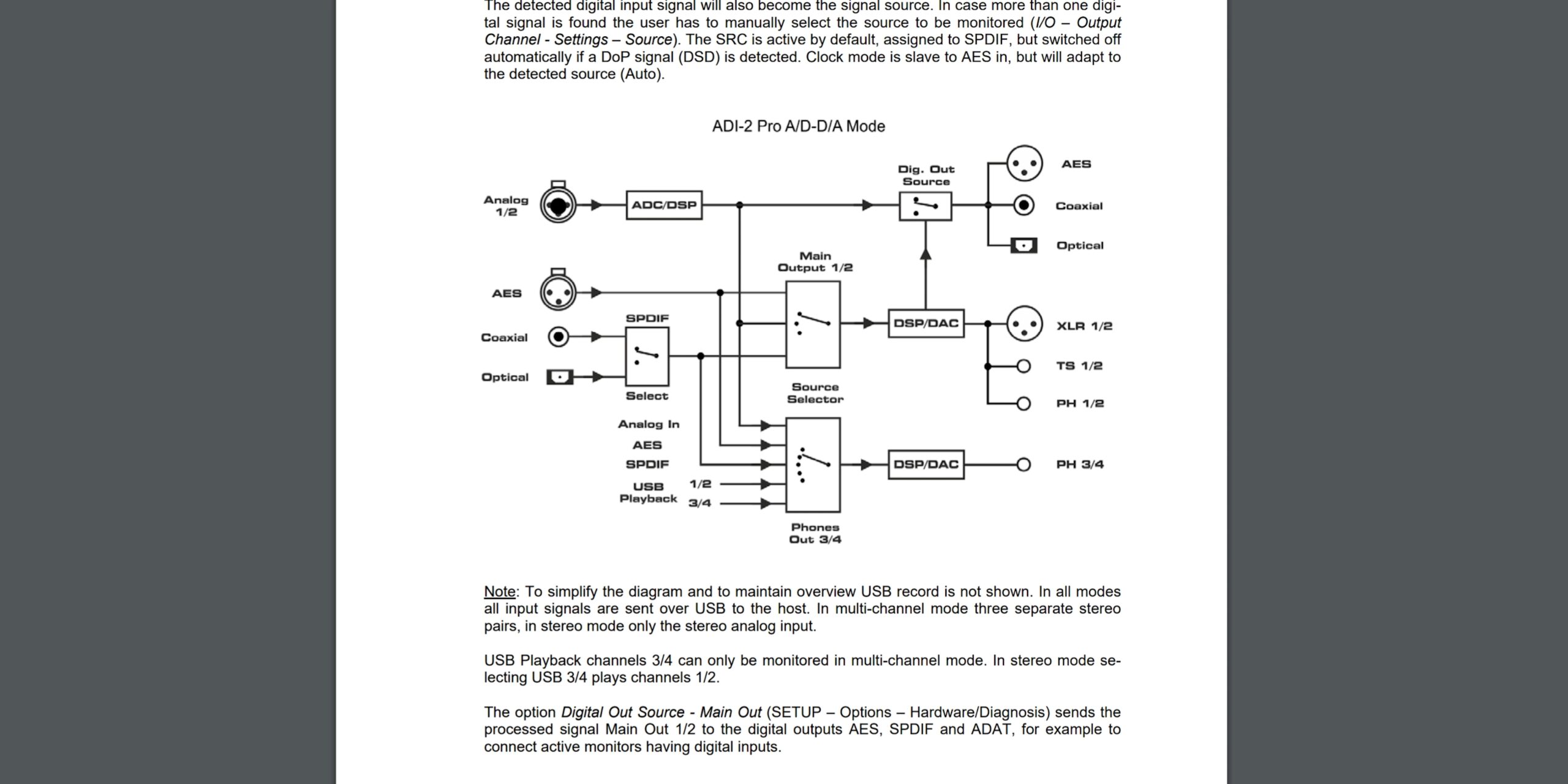
On the front you also have 2 very high quality headphone amplifiers with dual 6.35mm sockets, and in addition to being usable for headphones, these jacks can also be used as line outs for speakers, which enables some really advanced use cases which we’ll discuss,
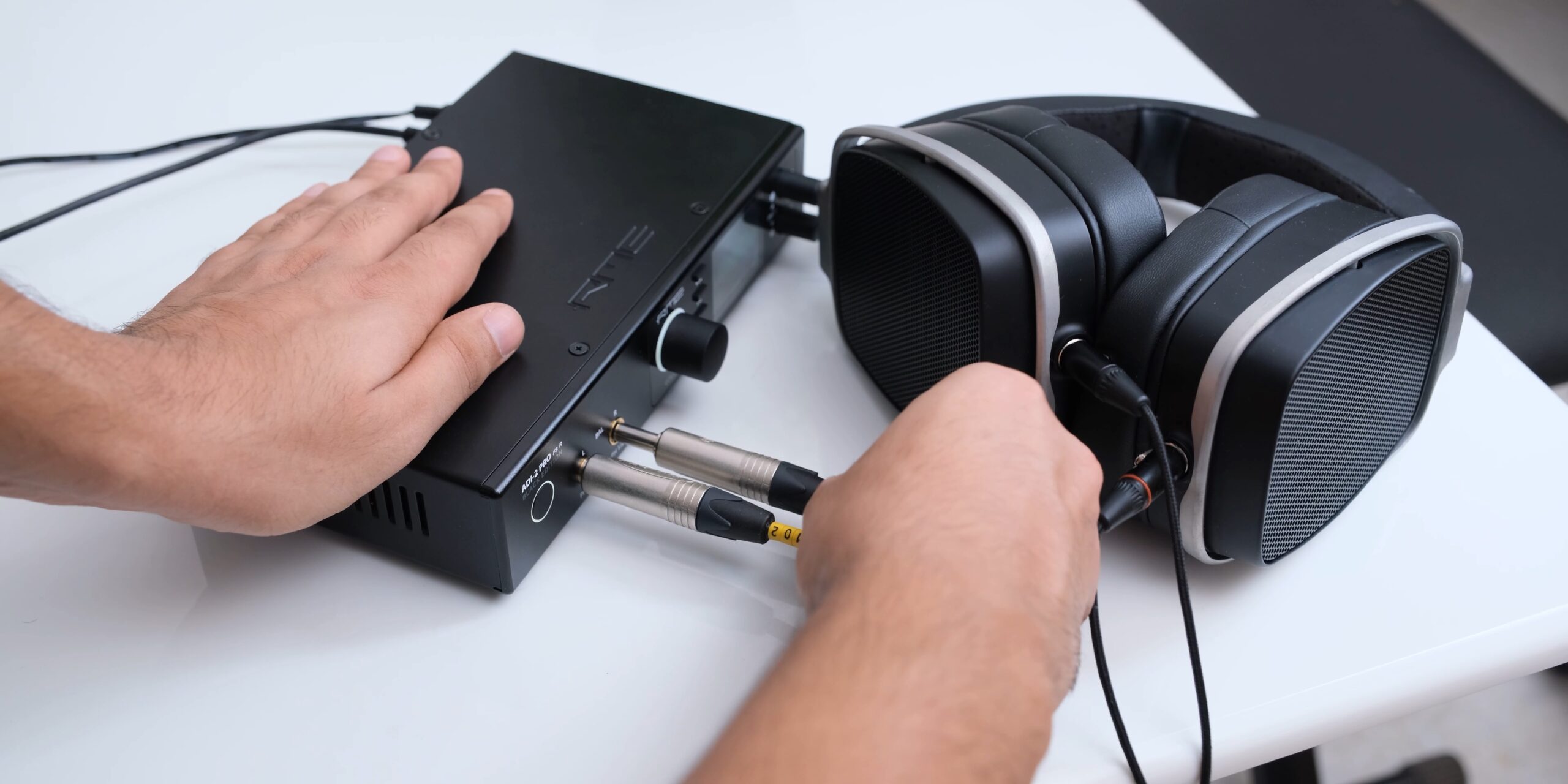
These dual jacks can also be used with an adapter that turns this into a balanced amplifier for your headphones and you can also use both of these as balanced line outputs for your speakers, and we are just getting started here.
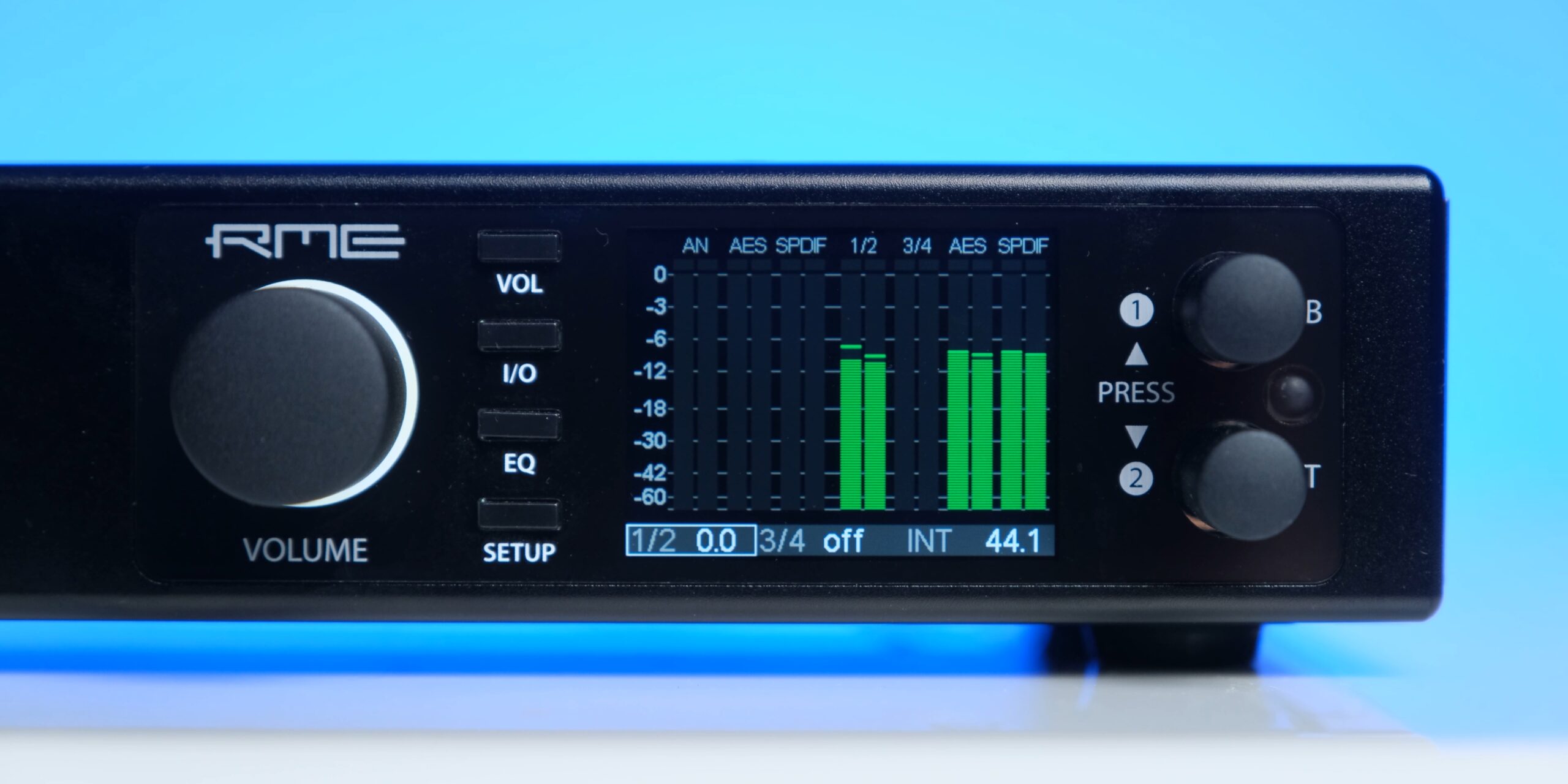
There’s of course a power button on this device, then we have a big volume knob in the center which can be used to mute the device or switch between different outputs with a long press.
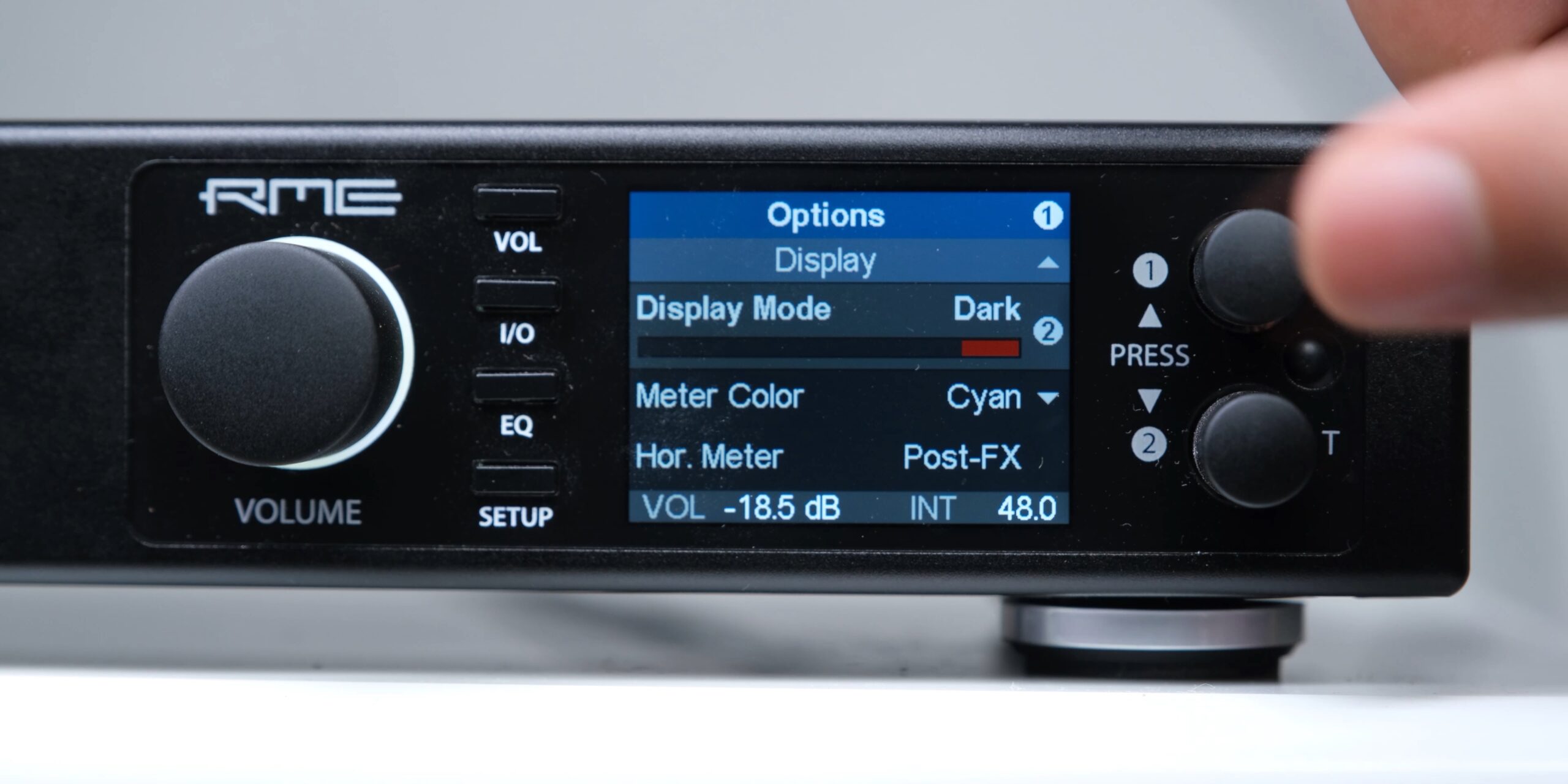
And lastly, we have two smaller knobs that can also be pressed, and you will also use these to navigate through the menu and change settings. They also allow you to quickly adjust the bass and treble of your tracks, and the the frequency and the Q value that they affect can actually also be changed so that really makes this feature much more usable than the dumb bass / treble knobs that only work on fixed frequencies.
You’ll also find 4 buttons that let you enter the different menus, and you can also add shortcuts to different functions on these.
Ease of use
Now you will see a lot of people saying that the ADI-2 Pro is very complicated to operate, and while the learning to navigate through its menu system does take some time to get used to, it’s not as intimidating as it may seem initially, and you can always refer to the manual which actually explains things in a very simplified way. This is actually WAY easier to operate than some other DACs without screens that also have lots of options.
SCREEN

The 2 inch IPS LCD display is actually necessary here to be able to control and monitor everything, and in addition to having brightness and color tint adjustments, you can also enable a dark theme like your smartphone, and you can also enable an auto-dark mode which turns off the screen and the LEDs after 3 seconds.
We have different screen modes which you can cycle through on the device which let you monitor the playback on different analog outs (text: also monitors analog in signal) with a 30 band audio analyzer, there’s another screen with a more simplified view of the output state and levels, a screen to give you an overview of the quality of the signal that the DAC is receiving, and there’s an additional screen on the pro version which give you an overview of all the audio ins and outs so you can easily monitor the levels on everything when using this in more complicated use cases.
Two DACs
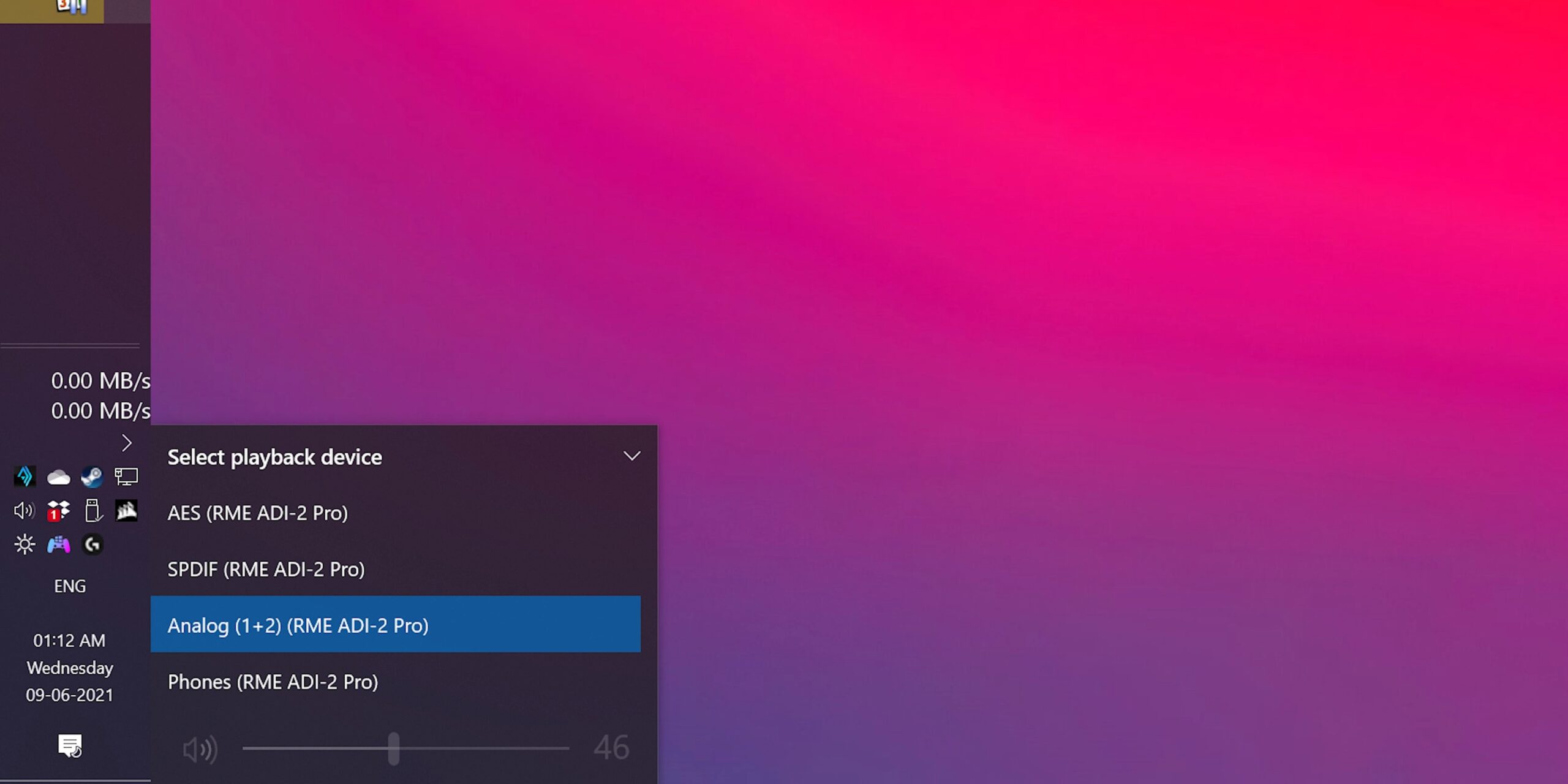
Now while the ADI-2 DAC had one of the AKM 4493 DAC Chips, the ADI-2 Pro actually has 2 of these chips, and that really opens up a lot of possibilities that you just can’t have with regular DACs with a single chip.
But because of it having 2 DAC chips, the analog outs are also named in a way that can be a little confusing. So the main line outs at the back, and the right headphone jack on the front share the same DAC chip, so these outputs cannot be controlled independently and that’s why they are named Main 1/2, and PH 1/ 2, but the headphone jack on the left is using a separate DAC chip, and you can use it completely independently, so it is named PH 3/4.
RME allows you to use these two chips individually, so once you turn on the multi-channel mode on the device, your PC will actually see 4 individual devices that you can output to. 2 of these are the digital outs, but because your PC detects 2 individual stereo DACs, you can operate these as separate devices and play completely different audio tracks on them.
So if you’re doing something like DJing, you can have one stereo track playing on the main speakers, while you can use the headphone out port to pre-listen to a track that you may want to play next, and this should also let you use the ADI-2 pro to output 4 separate channels together for a 4 speaker Quadraphonic surround setup.
Now we’ll get to the Equalizer section soon, but because these two DAC chips can have individual presets applied, you can actually connect a subwoofer to the PH 3/4 jack, go into the EQ settings, and select high pass filter for main speakers to feed them with high frequencies, and a low pass filter for the subwoofer to feed it with low frequencies. This means that you don’t need a subwoofer with built in crossovers, because you have a device on which you can customize the crossover point.
In addition to subwoofers with crossovers being more expensive, they can also deteriorate the high quality analog signal from your DAC by adding an AD/DA conversion cycle if they have DSP crossovers, so this is a REALLY mind blowing feature to have which makes this device very versatile.
You can even use the PH 3/4 jack as an unbalanced line out to connect the ADI-2 pro to an external headphone amplifier, which you may want to do if you for using something like a tube headphone amplifier, and by doing this you will also have the separate EQ settings automatically applied when switching between headphones and speakers.
Headphone Outs
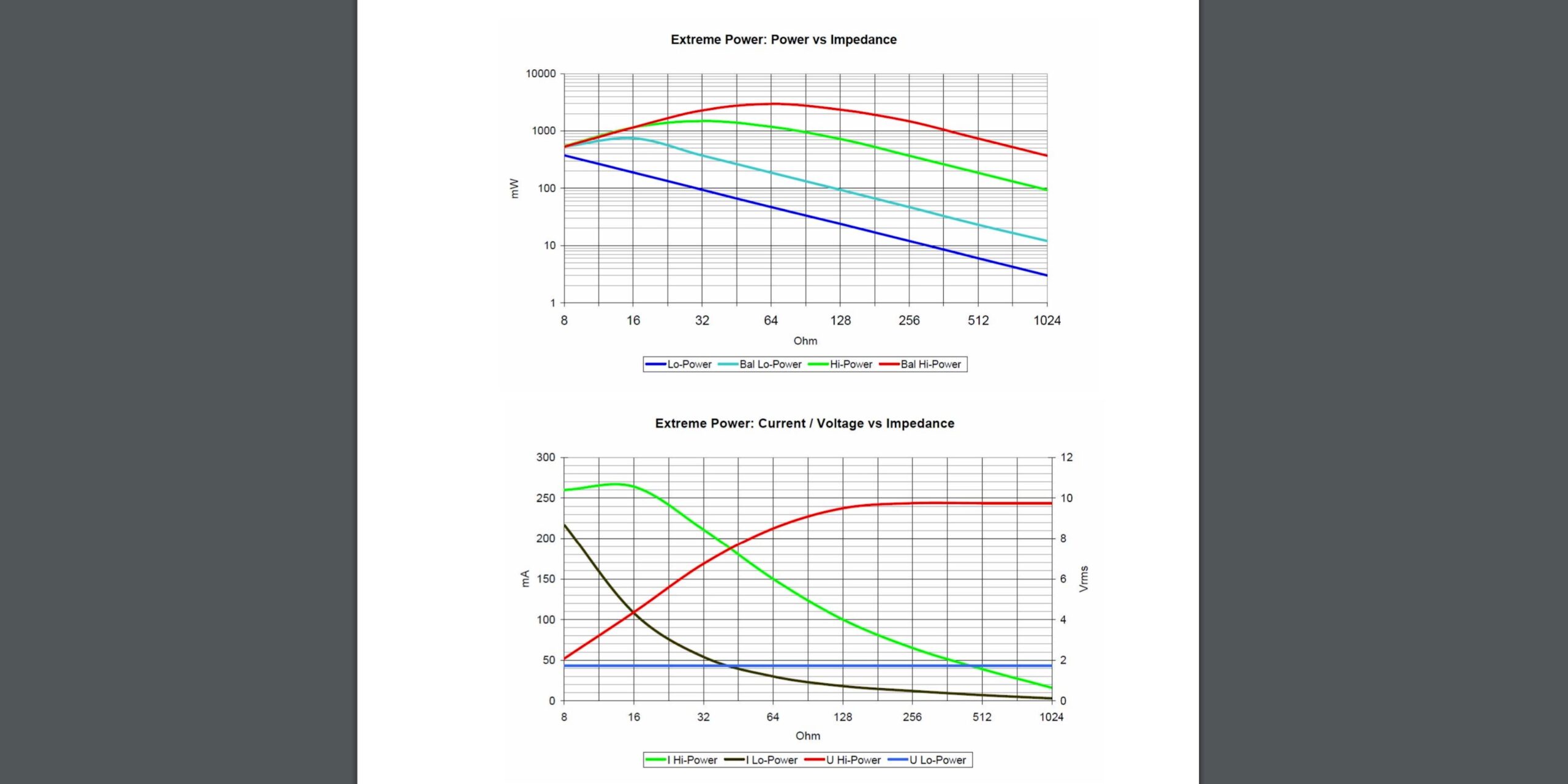
Each of the headphone outs on the ADI-2 Pro offer 1.5 watts of power per channel at 32 ohms, so even individually, these are really powerful headphone amplifiers that will drive most of the headphones on the market to ear damaging levels,

and it’s not just about the power, but the specs on these headphone outs are also insane, and they provide very clean and distortion free power to provide very high quality and uncolored signal to your headphones, so even for audiophiles, these headphone amps are really great.

You can also connect two headphones to this together, and control their volume individually, which wasn’t possible on the ADI-2 DAC which had only one chip (text: Volume on ADI-2 DAC’s HP out and IEM out cannot be controlled individually, as it has a single DAC chip). So this was one of the main reasons I bought this for, because as a headphone reviewer, I can compare the sound quality of two headphones. You can also listen to two headphones together with another person, and you can actually play two different tracks on two different headphones because of the 2 DAC chips inside.
But this goes on to a TOTALLY next level because if you use an adapter like this, you can use both of the headphone outs in balanced mode, and in addition to almost doubling the power to 2.9 watts per channel, the ADI-2 Pro uses a very advanced balanced out mode which uses both of its DAC chips individually for left and right channels.
This means that the whole signal path from DAC to the headphone driver is balanced, and the signal inversion happens within the digital domain.
Keep in mind that many of the balanced headphone amplifiers that you see are not actually balanced internally, and they just use the balanced out connection for more power and they might not even have individual headphone amplifiers for the left and right channel like the ADI-2 pro.
I really don’t know of any other device that uses this kind of an advanced balanced setup, if you know about it, then do let me know in the comments.
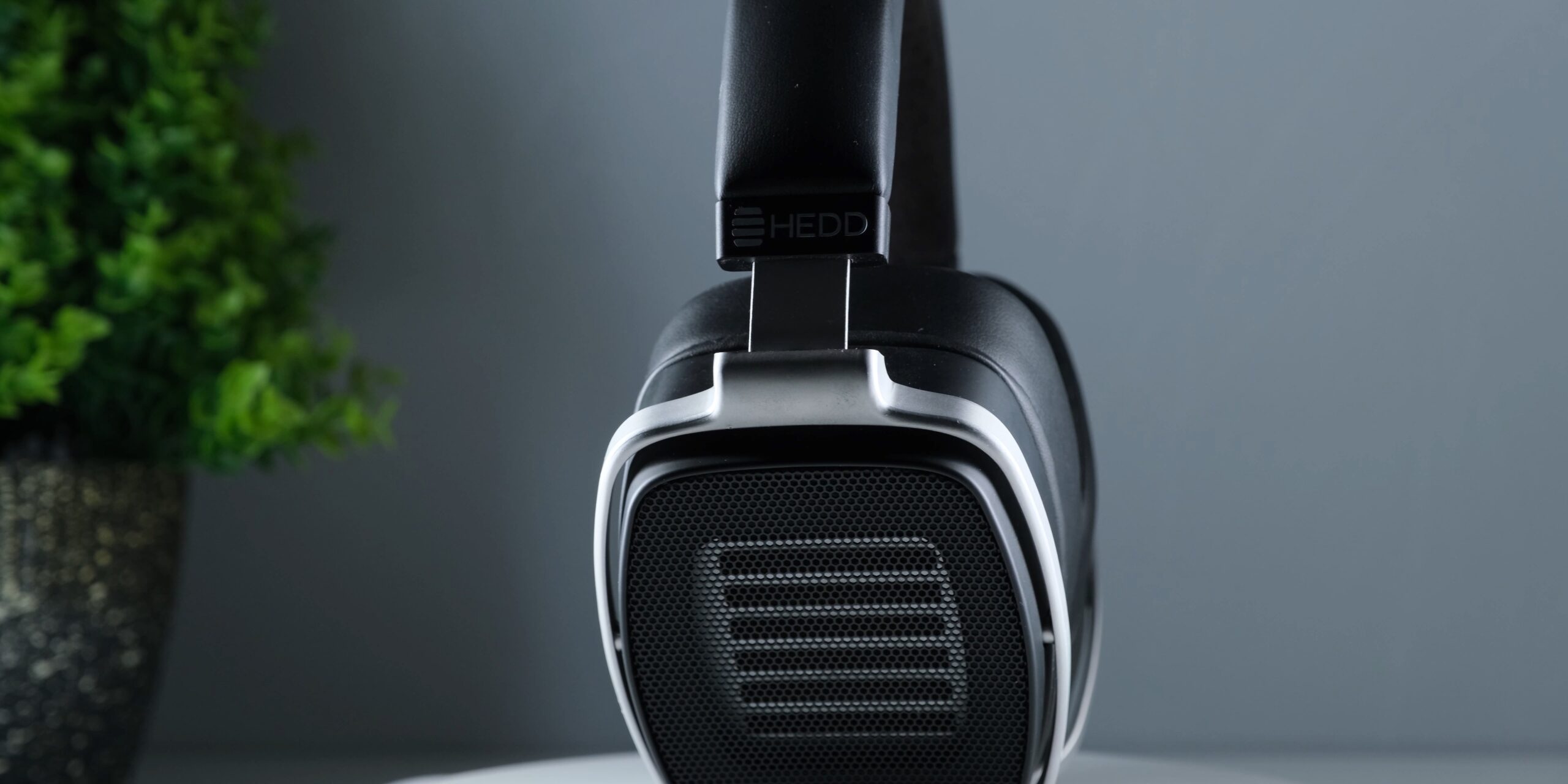
Now most of the headphones that you may use with the ADI-2 Pro will get driven very well with the single ended mode of the ADI-2 Pro, or the ADI-2 DAC, but one exceptional headphone that is one of the most demanding headphones is the HEDDphone by HEDD audio, and this headphone can really benefit from a powerful source because it has special air motion transformer drivers that are used in speaker tweeters.
So I was using it in single ended mode of the ADI-2 DAC, but I always felt that it could sound better if I had a better amplifier, so because of this, I got the ADI-2 Pro, and the balanced out on this really gave this headphone the power that it needed to sound its best.
Even though the HEDDphone was driven well in the single ended mode, and it got very loud on it, the balanced connection did make its soundstage more defined, and they sounded fuller, with a complete low end with more impact and weight in their bass.
Now if you need more power, you could get an external amplifier with the ADI-2 DAC, instead of getting ADI-2 Pro, but the problem with that is that it will complicate your setup and add a lot of cables if you also use speakers in addition to headphones, and a high quality balanced amplifier with ADI-2 DAC will take the overall cost too close to the ADI-2 pro. You also lose out on the automatic changing of EQ presets to different outputs if you do that, which is very important for me.

But another VERY important reason for going with the ADI-2 Pro is the safety features and the overcurrent protection that it has. I have heard some very horrifying stories about headphones getting damaged because of headphone amplifiers of some very popular brands, and headphones like the HEDDphone cost almost as much as the ADI-2 Pro.
And I realized the importance of these safety features very quickly, as the first adapter I got for this was faulty, and it actually short circuited the amp on the ADI-2 Pro, but thankfully, the overcurrent protection kicked in, and the ADI-2 Pro stopped the output and asked me to remove the headphones. And just thinking about the HEDDphone, or the ADI-2 Pro getting damaged gives me a mini heart attack, so I really cannot overstate the importance of safety.
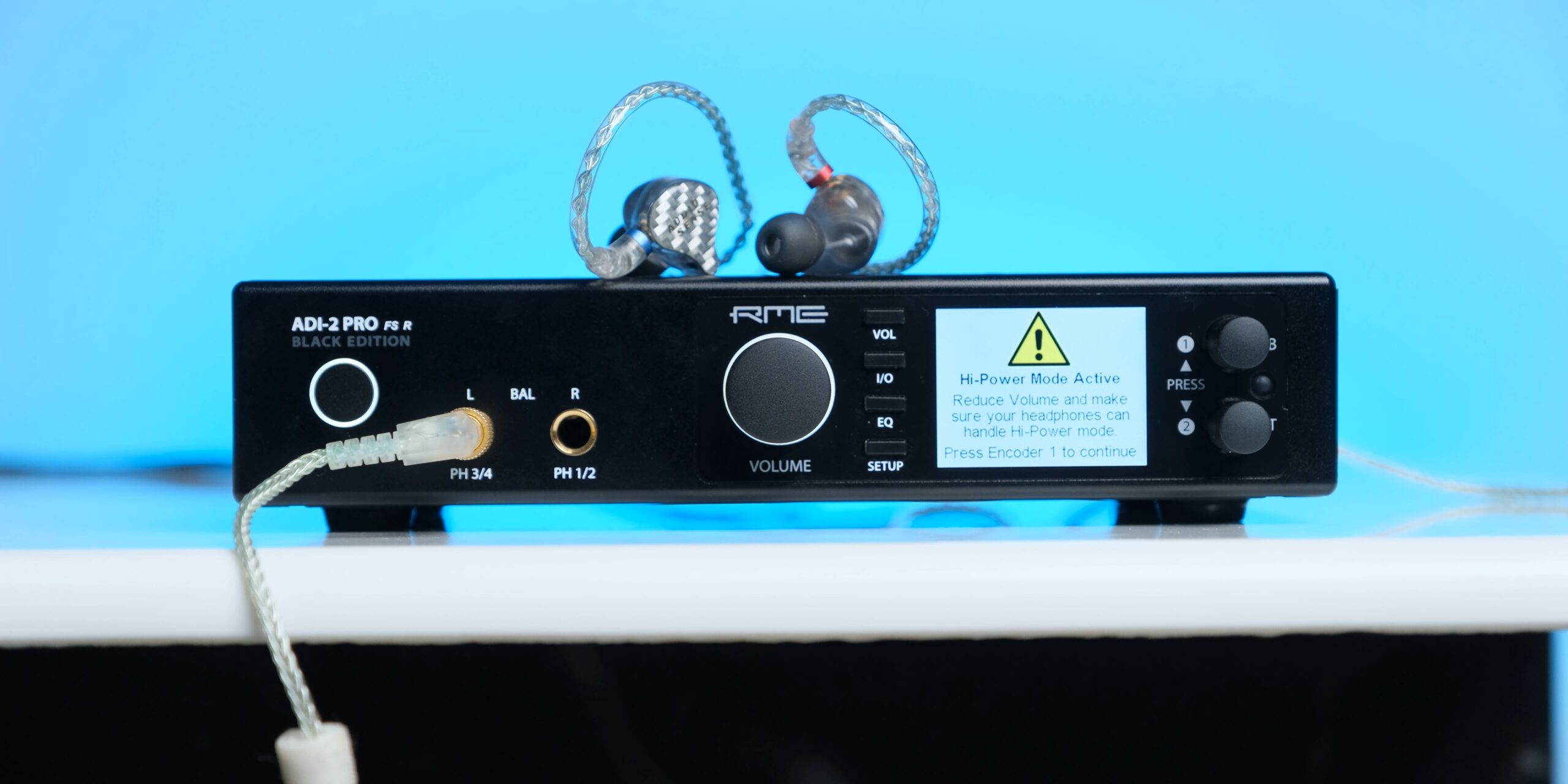
It even gives you a warning if you plug a headphone in when you have high power mode enabled, so you can save them and your ears when plugging in something sensitive like IEMs.

This 2nd custom adapter for me was prepared by the good people at ansata.net (text: It has Neutrik connectors, and Van Damme cables), but ready-made adapters for this are also available if you aren’t able to get it from your retailer.
REMOTE
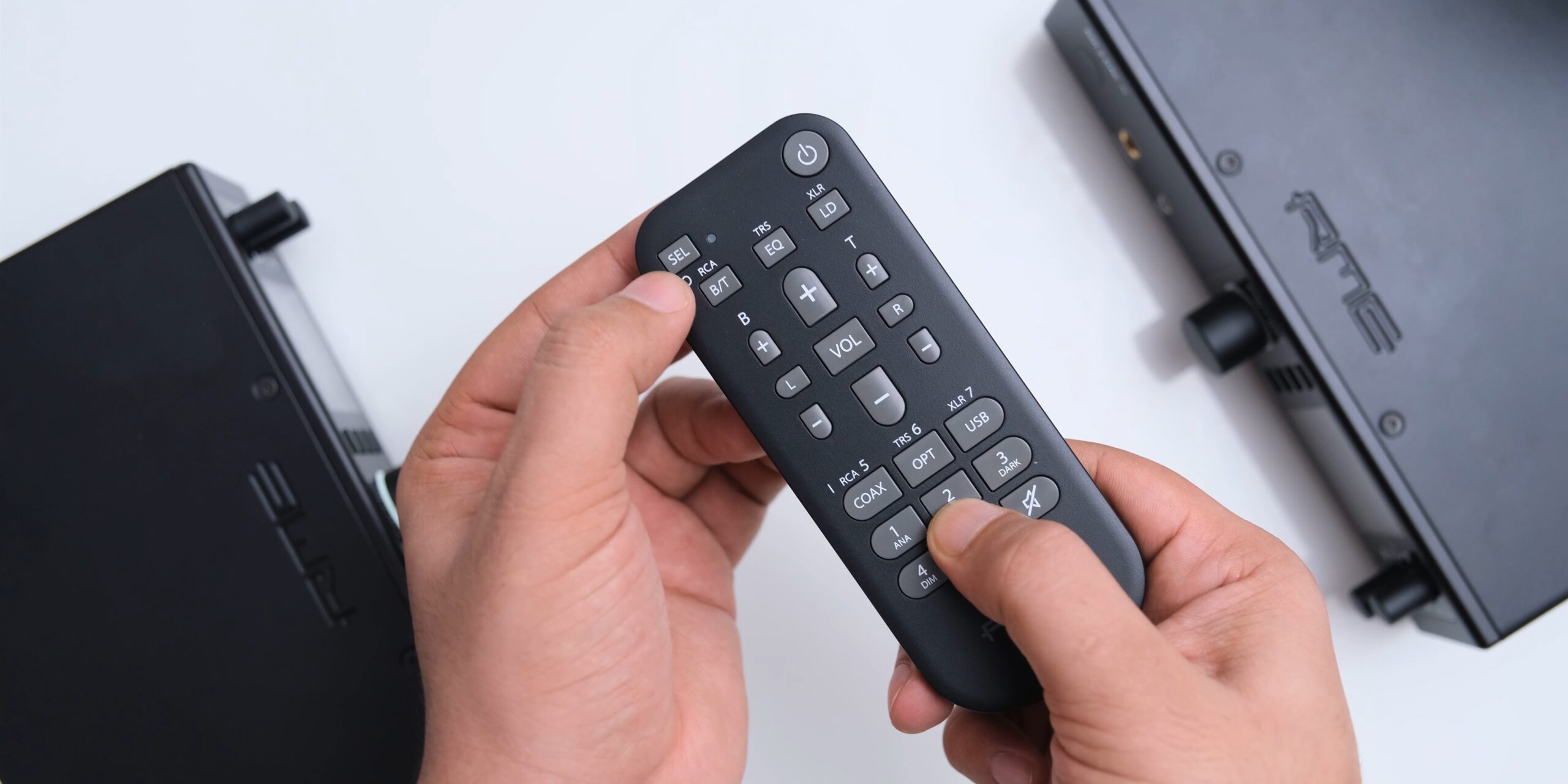
The ADI-2 Pro FS R BE also features an MRC remote like the ADI-2 DAC, and the 22 buttons on it really let you control a lot on the ADI-2 pro. You can change volume, change channel balance, bass/treble settings, enable or disable EQ, or the Loudness feature, among many other things.

With the ADI-2 DAC, you had 4 buttons on the remote that you could set custom shortcuts to, but the ADI-2 Pro enables you to use 7 of these buttons as shortcuts, and you can set all kinds of actions to it like dimming the audio, making the signal mono, switching outputs, and switching to different DAC filters.
RME also publishes codes for different universal remotes, so you can also use them if you need to.
